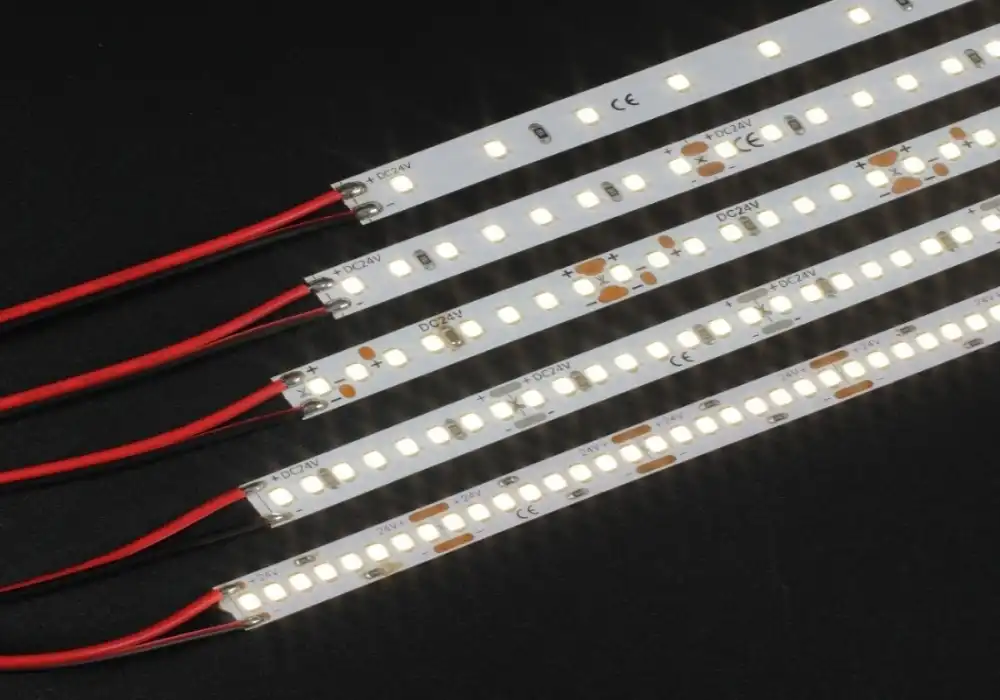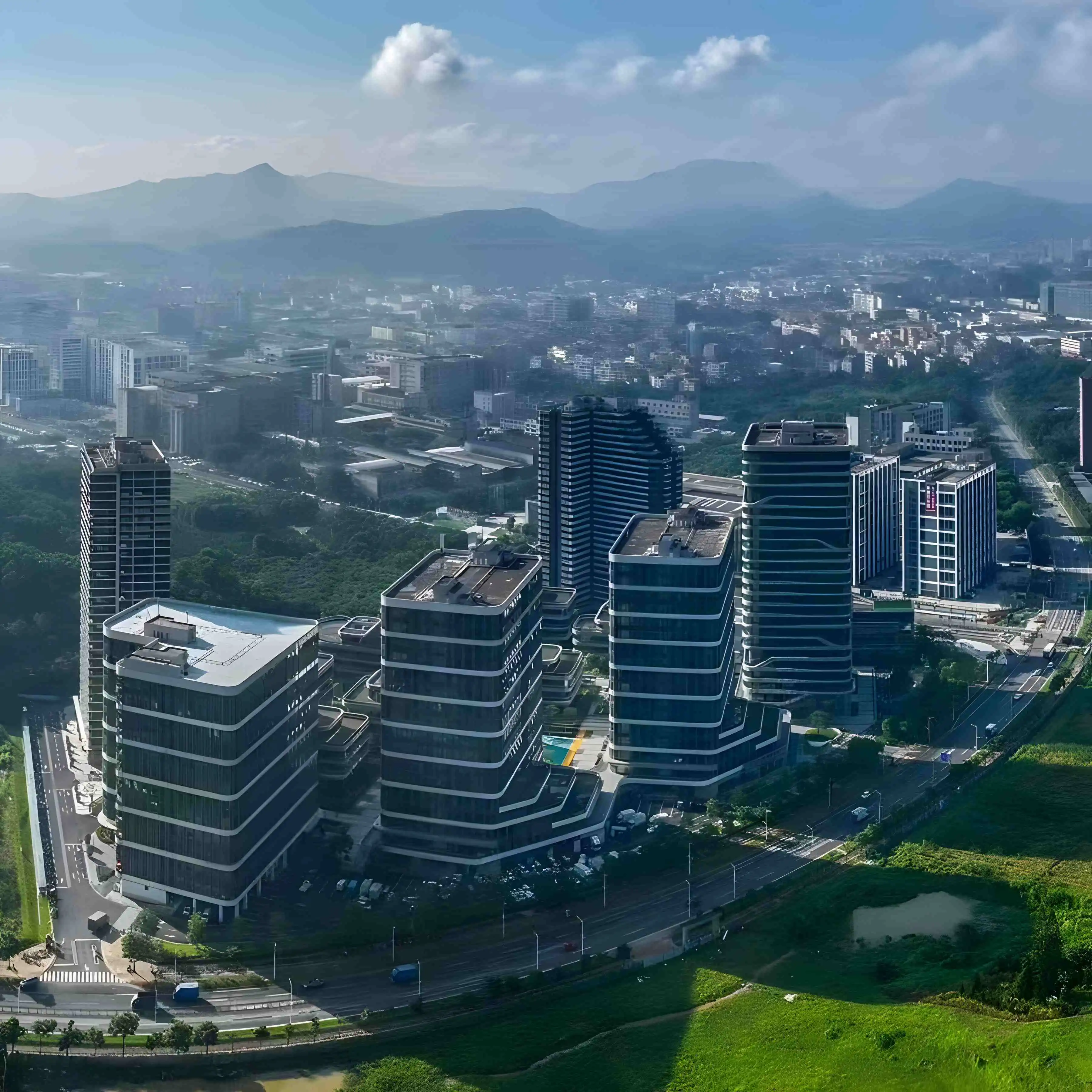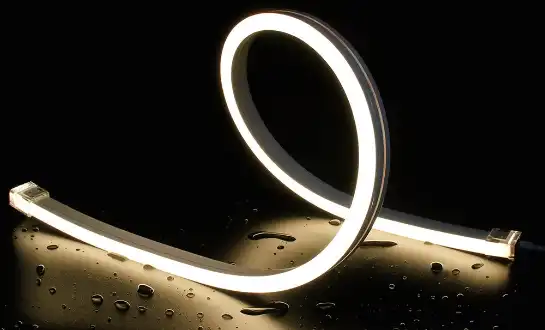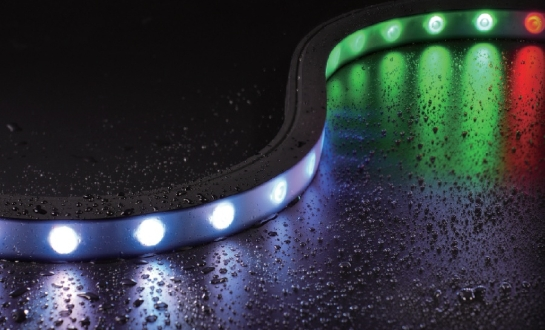Comprehending LED Density and Its Impact on Lighting Quality
LED density plays a crucial role in determining the overall performance and visual appeal of flexible LED strips. It refers to the number of individual LED chips placed along a given length of the strip, usually measured in LEDs per meter. This density directly influences several key aspects of lighting quality, including brightness, uniformity, and power consumption.
Higher LED densities generally result in brighter and more uniform illumination. When LEDs are spaced closer together, the light output becomes more evenly distributed, reducing the likelihood of noticeable gaps or dark spots between individual diodes. This is particularly important in applications where the LED strip is visible or installed in areas where a seamless lighting effect is desired.
The Relationship Between LED Density and Brightness
While it might seem intuitive that more LEDs equate to higher brightness, the relationship isn't always linear. The overall luminosity of a flexible LED strip depends on various factors, including the efficiency of individual LEDs, the power supplied, and the strip's design. However, increased LED density can contribute to a more intense and consistent light output, especially when viewed from different angles or distances.
For instance, a strip with 120 LEDs/m will typically appear brighter and more uniform than one with 30 LEDs/m, even if both have the same total lumen output. This is because the light is distributed more evenly across the strip's surface, creating a more pleasing visual effect.
Balancing Density with Power Consumption
It's important to note that higher LED densities often come with increased power requirements. More LEDs per meter means more energy consumption, which can impact both operating costs and heat generation. This is why selecting the appropriate LED density involves carefully considering the specific needs of each lighting project.
For applications where energy efficiency is a priority, opting for a lower density strip with high-efficiency LEDs might be the optimal solution. Conversely, projects requiring maximum brightness or exceptional color mixing capabilities may benefit from higher density options, despite the increased power draw.
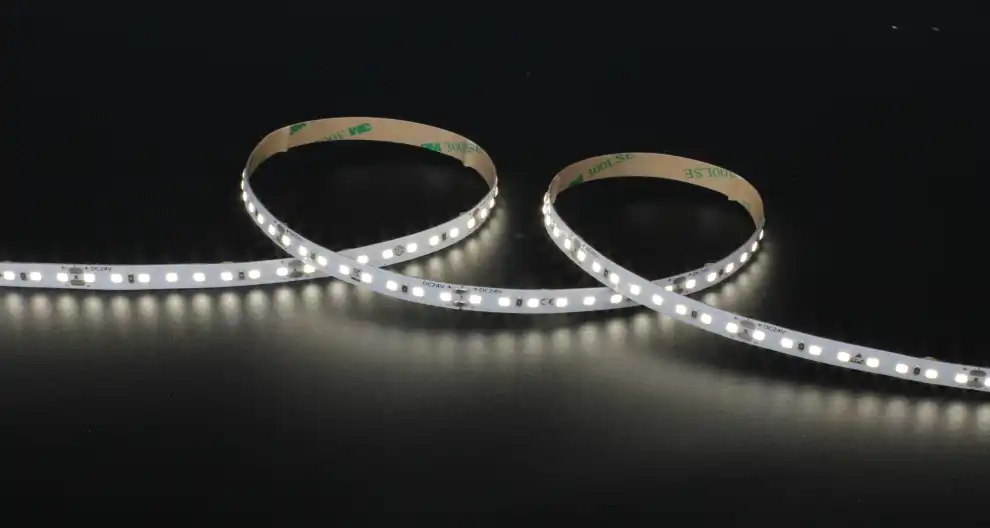
Factors Influencing the Choice of LED Density
Selecting the ideal LED density for a flexible LED strip involves considering multiple factors to ensure the best possible lighting outcome. Understanding these variables helps in making an informed decision that balances performance, aesthetics, and practicality.
Intended Application and Viewing Distance
The purpose of the lighting installation significantly influences the choice of LED density. For ambient or accent lighting where the strip is not directly visible, a lower density of 30-60 LEDs/m might suffice. However, for direct view applications or situations where the strip is mounted close to the viewer, higher densities of 120 LEDs/m or more are often necessary to prevent visible pixelation and ensure a smooth, continuous light line.
Desired Brightness Level
The required illumination intensity is a key factor in determining LED density. High-brightness applications, such as commercial signage or architectural lighting, may demand densities of 120 LEDs/m or higher to achieve the desired impact. In contrast, subtle mood lighting or under-cabinet installations might be well-served by lower densities.
Color Mixing and RGB Applications
For RGB or RGBW flexible LED strips used in color-changing applications, higher densities are often preferred. Denser LED placement allows for better color mixing, resulting in smoother transitions and more vibrant hues. In these cases, densities of 60 LEDs/m or higher are commonly used to ensure optimal color blending and uniformity.
Installation Environment and Heat Dissipation
The physical environment where the LED strip will be installed also plays a role in density selection. Strips with higher LED densities generate more heat, which can be a concern in enclosed spaces or applications with limited airflow. In such scenarios, opting for a lower density or ensuring adequate heat dissipation measures are in place becomes crucial for maintaining long-term performance and reliability.
Optimizing LED Strip Performance for Various Applications
Achieving optimal performance from flexible LED strips goes beyond simply choosing the right LED density. It involves a holistic approach that considers various aspects of the lighting design and installation process.
Customizing LED Strips for Specific Needs
Many manufacturers offer customization options for flexible LED strips, allowing users to tailor the product to their exact requirements. This can include adjusting the LED spacing, selecting specific color temperatures, or even combining different types of LEDs on a single strip. Such customization ensures that the lighting solution perfectly matches the project's needs without compromising on performance or aesthetic appeal.
Implementing Proper Power Distribution
Especially for longer runs of high-density LED strips, proper power distribution is essential to maintain consistent brightness along the entire length. This may involve using multiple power injection points or opting for higher voltage strips (e.g., 24V instead of 12V) to reduce voltage drop over distance. Careful power planning ensures that each LED receives the correct voltage, resulting in uniform illumination from start to finish.
Utilizing Diffusers and Optical Accessories
Incorporating diffusers or lenses can significantly enhance the performance of flexible LED strips, particularly in applications where direct view of the LEDs is undesirable. Diffusers help to blend the light from individual LEDs, creating a more uniform appearance even with lower density strips. This can be especially useful in situations where budget constraints or power limitations prevent the use of very high-density options.
Considering Color Rendering and Quality
While LED density affects brightness and uniformity, the quality of light produced is equally important. Opting for LEDs with high Color Rendering Index (CRI) values ensures that colors appear natural and vibrant under the illumination. This is particularly crucial in retail, hospitality, and residential applications where accurate color representation is essential.
By carefully considering these factors and optimizing the LED strip setup accordingly, it's possible to achieve stunning lighting effects that meet both functional and aesthetic requirements, regardless of the specific LED density chosen.
Conclusion
Determining the ideal LED density for uniform brightness in flexible LED strips is a multifaceted decision that requires balancing various factors. While general guidelines suggest densities ranging from 30 to 120 LEDs per meter, the optimal choice depends on the specific application, desired brightness, and installation environment. By carefully considering these aspects and working with reputable LED strip suppliers and manufacturers, you can ensure that your lighting project achieves the perfect blend of performance, efficiency, and visual appeal.
For those seeking high-quality flexible LED strips tailored to their exact specifications, partnering with a trusted LED strip manufacturer is crucial. Look for suppliers who offer customization options, comprehensive technical support, and a track record of delivering reliable, energy-efficient lighting solutions. By choosing the right LED strip product and supplier, you can illuminate your space with precision and create truly impressive lighting effects that stand the test of time.

FAQ
How does LED density affect power consumption?
Higher LED densities typically consume more power due to the increased number of LEDs. However, the relationship isn't always linear, as factors like LED efficiency and driver quality also play roles.
Can I cut high-density LED strips to size?
Yes, most flexible LED strips can be cut at designated points, even high-density ones. Always check the manufacturer's specifications for proper cutting instructions.
Are there any disadvantages to using very high-density LED strips?
While high-density strips offer excellent brightness and uniformity, they may generate more heat, consume more power, and be more expensive. Consider these factors when choosing the right density for your project.
Expert LED Strip Solutions for Uniform Brightness | QUAN HE
QUAN HE Lighting Co., Ltd. specializes in premium linear lighting products, including high-performance flexible LED strips. With our state-of-the-art 5,000m² factory, advanced R&D capabilities, and strict quality control processes, we deliver tailored lighting solutions that ensure uniform brightness and optimal performance. Our expert team offers comprehensive OEM and ODM services, guiding you from concept to production. For professional LED strip solutions, contact us at Linda@uc-led.com and experience the QUAN HE difference in illuminating your projects with precision and excellence.
source: LED Light
References
1. Johnson, E. (2022). "LED Strip Density: Impact on Lighting Quality and Efficiency". Journal of Illumination Engineering, 45(3), 78-92.
2. Smith, A. & Brown, T. (2021). "Optimizing LED Strip Performance for Commercial Applications". Lighting Research & Technology, 53(2), 215-230.
3. Lee, S. et al. (2023). "Thermal Management Strategies for High-Density LED Strips". IEEE Transactions on Components, Packaging and Manufacturing Technology, 13(4), 687-699.
4. Garcia, M. (2022). "Color Rendering and Uniformity in Flexible LED Lighting Solutions". Proceedings of the International Symposium on Lighting Design, 112-125.
5. Wilson, R. (2023). "Energy Efficiency Considerations in LED Strip Density Selection". Sustainable Lighting Technologies, 7(1), 45-58.
